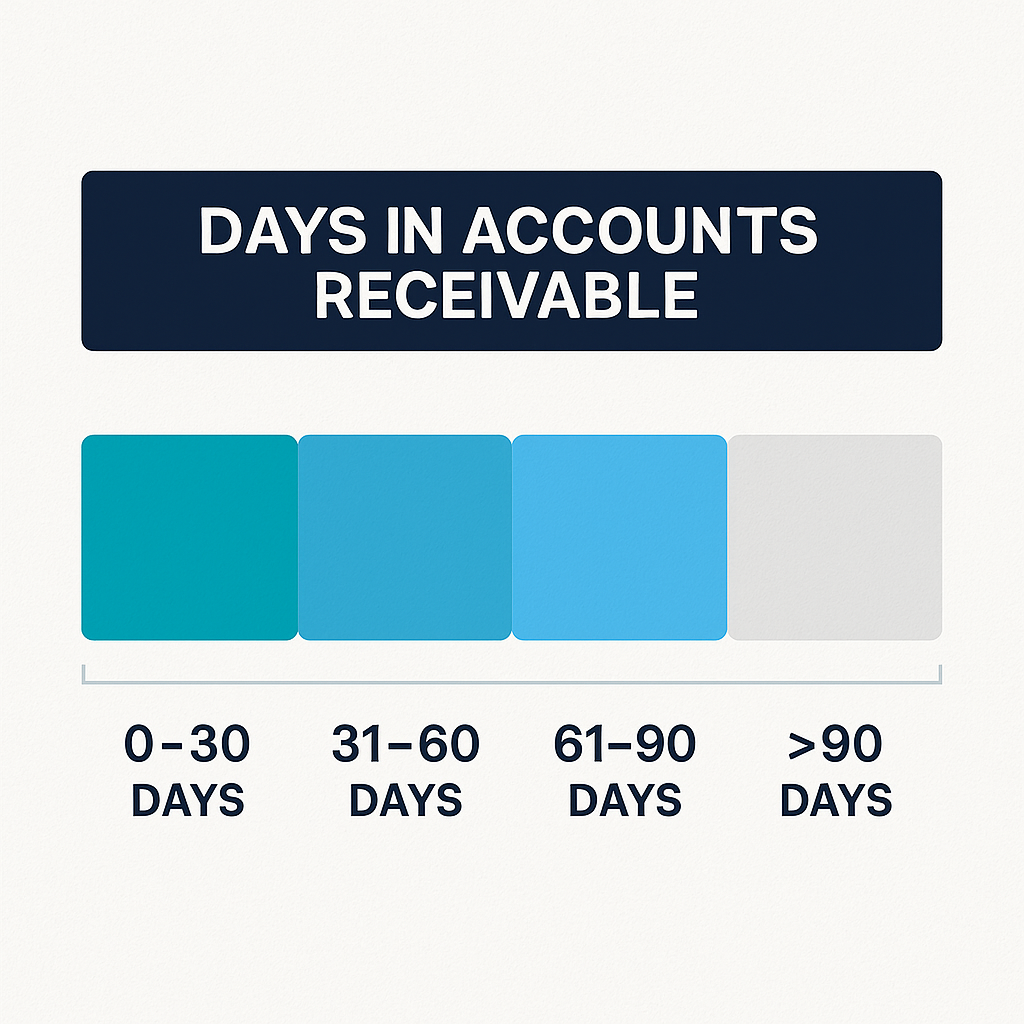5 KPIs Every Healthcare Leader Should Track in Revenue Cycle Management
When it comes to the financial health of your medical practice or hospital, gut feeling isn't enough.
Revenue Cycle Management (RCM) is a complex system — and without visibility into the right metrics, even the most well-run operation can slowly leak revenue without realizing it. The key? Tracking and acting on the right revenue cycle KPIs.
In this post, we'll walk through the 5 KPIs every healthcare CFO, HIM director, and practice admin should monitor — and why each one plays a critical role in denial management, accounts receivable recovery, and medical billing optimization.
1. Clean Claim Rate
Your clean claim rate reflects the percentage of claims submitted without errors on the first try. This KPI directly affects how fast you're reimbursed.
Why it matters: Low clean claim rates lead to more denials, delays, and administrative rework.
Optimization tip: Run regular audits on rejected claims to spot patterns. Coding errors and eligibility issues are common culprits.
2. First Pass Resolution Rate
This tells you how often claims are paid without resubmission. A low first-pass rate is a red flag that your billing and coding process needs attention.
Why it matters: This metric reveals how much money you’re leaving on the table and how efficient your front-end billing is.
Tie-in: Improving this is a core part of medical billing optimization. Streamlined processes → faster healthcare reimbursement.
3. Denial Rate
Denial rate = total denied claims ÷ total submitted claims. The industry average hovers around 5–10%, but many providers experience much higher.
Why it matters: Denials are often recoverable — but over 50% never get reworked.
Action step: Invest in proactive denial management. Don’t just track denial rates — categorize them (coding, authorization, eligibility, etc.).
4. Days in Accounts Receivable (AR)
Days in Accounts Receivable
This KPI measures how long it takes to get paid after a service is provided. The goal: under 40 days.
Why it matters: High AR days choke cash flow and hide payment issues.
Recovery insight: Use aging reports to prioritize accounts receivable recovery — especially AR over 90+ days.
5. Net Collection Rate
This tells you what percentage of allowed charges you actually collect. It's the ultimate indicator of how effective your revenue cycle really is.
Why it matters: A healthy net collection rate is typically above 95%. Anything lower points to deeper revenue leakage.
Use case: Pair this with denial rate tracking to pinpoint underpayment or missed reimbursement opportunities.
Conclusion: Track What Matters, Act Faster
If you're not watching these KPIs regularly, you're not just missing data — you're missing revenue.
At Code Quick, we help hospitals and medical groups clean up their revenue cycles through smarter billing, faster AR follow-up, and actionable KPI visibility.
Want help diagnosing your revenue cycle performance?

